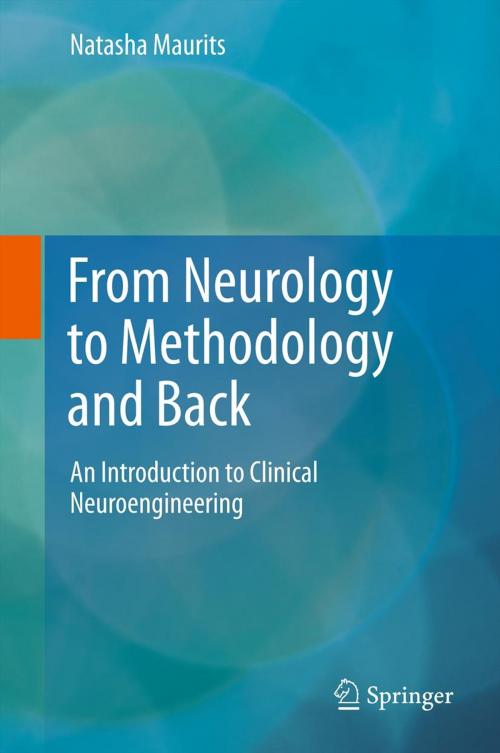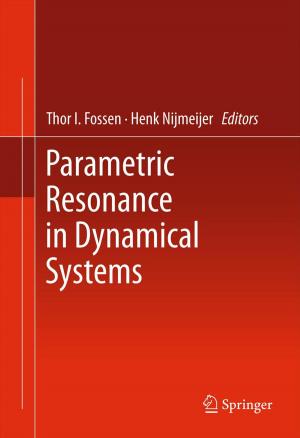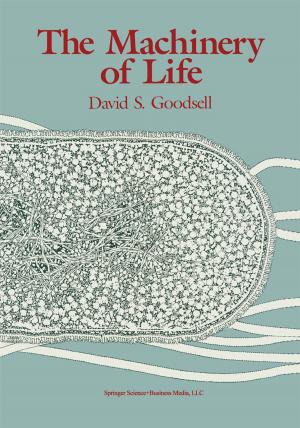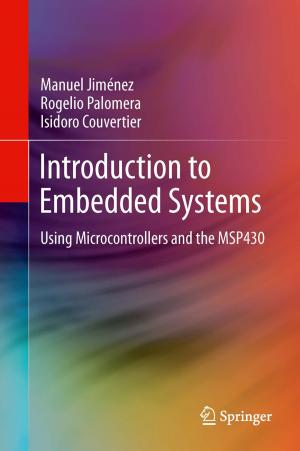From Neurology to Methodology and Back
An Introduction to Clinical Neuroengineering
Nonfiction, Health & Well Being, Medical, Specialties, Internal Medicine, Neuroscience, Neurology| Author: | Natasha Maurits | ISBN: | 9781461411321 |
| Publisher: | Springer New York | Publication: | October 30, 2011 |
| Imprint: | Springer | Language: | English |
| Author: | Natasha Maurits |
| ISBN: | 9781461411321 |
| Publisher: | Springer New York |
| Publication: | October 30, 2011 |
| Imprint: | Springer |
| Language: | English |
In today’s hospitals, the gap between technology and medicine constantly needs to be bridged, both by physicians and engineers. By taking a unique clinical neuroengineering approach, From Neurology to Methodology and Back offers a translational study of neurology and technology from both sides. The fundamental topics covered range from basic concepts such as sampling and simple statistical measures via Fourier analysis to source localization. Providing clinically relevant context and introduce technical concepts, the neurological diseases presented range from epilepsy, brain tumors and cerebrovascular diseases to tremor, MS and neuromuscular diseases. All topics are presented in a true clinical neuroengineering approach.
Each chapter begins with one or more patient cases for inspiration. Each case is then presented to illustrate a working example of a distinct neurodiagnostic technique, and the mathematical and physical principles underlying these techniques are explained. Finally, the author returns to the patient, and examines how the presented technology can help provide a diagnosis for each case.
From Neurology to Methodology and Back serves as an upper-undergraduate/graduate level guide for those interested in a translational approach between the fields of medicine and technology in neuroengineering. Neurologists and residents in neurology, medical engineers, medical students, biomedical engineers and students, technical medicine students or students of other interdisciplinary fields will therefore all find this book useful.
Each chapter begins with one or more patient cases for inspiration. Each case is then presented to illustrate a working example of a distinct neurodiagnostic technique, and the mathematical and physical principles underlying these techniques are explained. Finally, the author returns to the patient, and examines how the presented technology can help provide a diagnosis for each case.
From Neurology to Methodology and Back serves as an upper-undergraduate/graduate level guide for those interested in a translational approach between the fields of medicine and technology in neuroengineering. Neurologists and residents in neurology, medical engineers, medical students, biomedical engineers and students, technical medicine students or students of other interdisciplinary fields will therefore all find this book useful.
In today’s hospitals, the gap between technology and medicine constantly needs to be bridged, both by physicians and engineers. By taking a unique clinical neuroengineering approach, From Neurology to Methodology and Back offers a translational study of neurology and technology from both sides. The fundamental topics covered range from basic concepts such as sampling and simple statistical measures via Fourier analysis to source localization. Providing clinically relevant context and introduce technical concepts, the neurological diseases presented range from epilepsy, brain tumors and cerebrovascular diseases to tremor, MS and neuromuscular diseases. All topics are presented in a true clinical neuroengineering approach.
Each chapter begins with one or more patient cases for inspiration. Each case is then presented to illustrate a working example of a distinct neurodiagnostic technique, and the mathematical and physical principles underlying these techniques are explained. Finally, the author returns to the patient, and examines how the presented technology can help provide a diagnosis for each case.
From Neurology to Methodology and Back serves as an upper-undergraduate/graduate level guide for those interested in a translational approach between the fields of medicine and technology in neuroengineering. Neurologists and residents in neurology, medical engineers, medical students, biomedical engineers and students, technical medicine students or students of other interdisciplinary fields will therefore all find this book useful.
Each chapter begins with one or more patient cases for inspiration. Each case is then presented to illustrate a working example of a distinct neurodiagnostic technique, and the mathematical and physical principles underlying these techniques are explained. Finally, the author returns to the patient, and examines how the presented technology can help provide a diagnosis for each case.
From Neurology to Methodology and Back serves as an upper-undergraduate/graduate level guide for those interested in a translational approach between the fields of medicine and technology in neuroengineering. Neurologists and residents in neurology, medical engineers, medical students, biomedical engineers and students, technical medicine students or students of other interdisciplinary fields will therefore all find this book useful.















